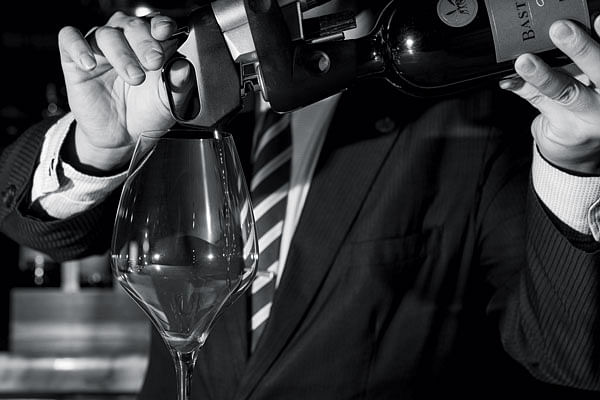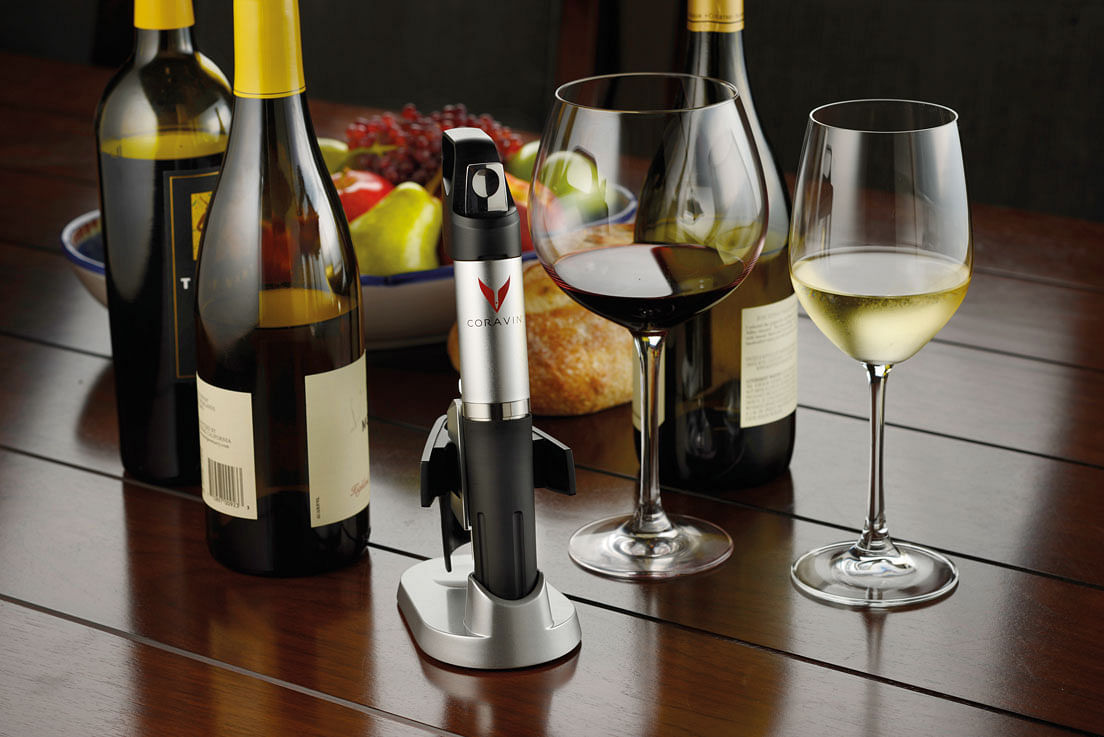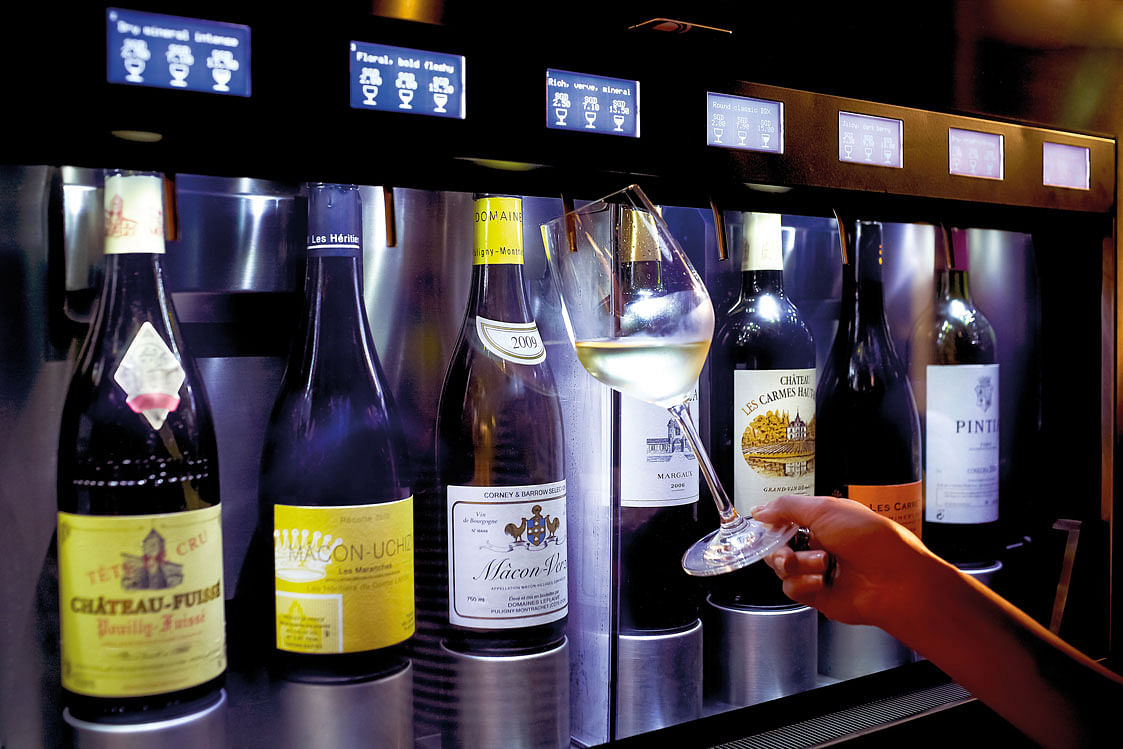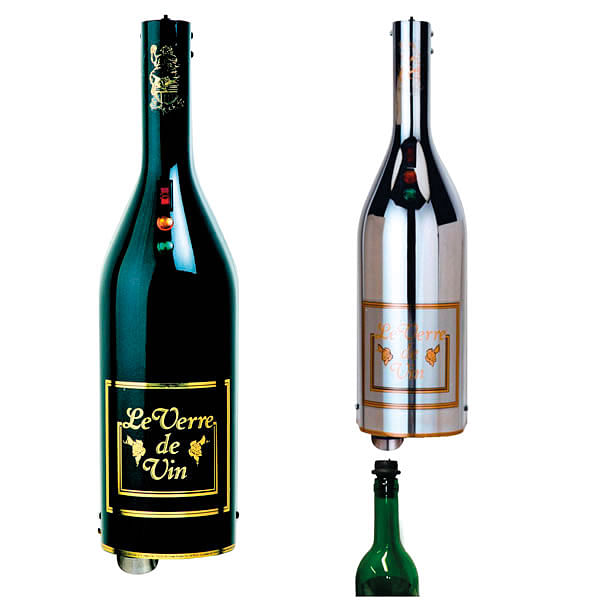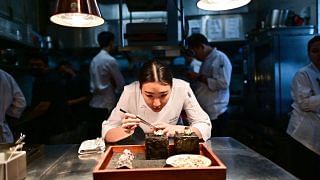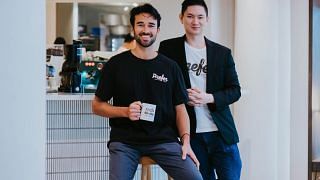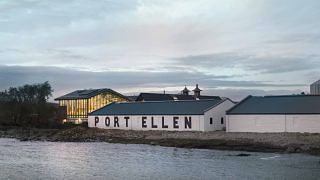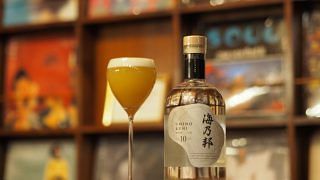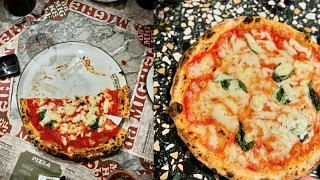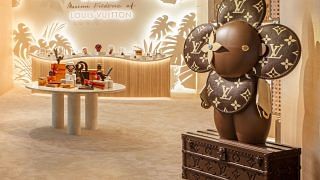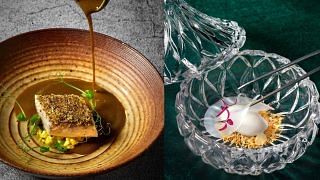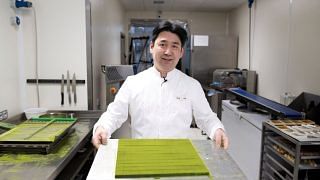Why limit yourself to a single bottle of wine when you can enjoy different glasses of premium pours?
It started with Enomatic, the first automated wine-preservation system on the market. But wine- preserving technology has since become more dynamic with the introduction of other systems like the Coravin and Le Verre de Vin.
The former is a handheld device that works by inserting a thin needle without needing to remove the bottle cork, while the latter seals the bottle of wine or champagne after it has been opened.
This changes the perception that wines by the glass are usually house pours, while better wines are only served by the bottle.
CORAVIN: A thin, hollow needle is inserted through a bottle’s cork to create pressure using argon gas. This allows the wine to flow out through the needle without any oxygen entering it. When the needle is removed, the cork reseals itself, protecting the wine from oxidation.
“We once served a couple where the wife wasn’t drinking much and the husband was driving home, but both wanted to enjoy a good wine with their dinner. With the Coravin, they were able to start with a glass of 1997 Barolo and move on to a second glass of Brunello,” says Han Yew Kong, head sommelier of Osteria Mozza.
The Italian restaurant was the first in Singapore to start using the Coravin device, and serving wines like a 1993 Tignanello Antinori by the glass. A bottle would sell for over $600.
“The longest we’ve kept a wine was 11 months, to see if it would maintain its freshness,” Han adds.
“It was the same as not opening the bottle at all, as the Coravin does not allow oxygen to slip into the bottle when we are dispensing the wine.”
ENOMATIC: One of the first automated wine-preservation systems, this dispenses wine directly from the bottle using inert gas preservation and computer programming that allows you to set the desired volume of wine to be poured out. The spouts are cleaned automatically after the wine is dispensed.
To Han, it’s also an educational process, as diners can sample different vintage wines without having to buy the whole bottles.
Fancy a glass of bubbly instead? Le Verre de Vin keeps the champagne fizz by inserting carbon dioxide into the bottle. “A bottle of champagne can typically last for four days after being sealed using Le Verre de Vin, before it loses the effervescence,” says Isabelle Deland, head sommelier at Fairmont Singapore and Swissotel the Stamford. Its Jaan and Equinox restaurants have used it for a few years, and it was recently introduced to Prego.
She adds: “We use Le Verre de Vin for red and white wines, champagnes and Krug. Some of our fine wines and champagnes that we use it on include a 2010 Chateau La Nerthe Chateauneuf-du-Pape costing $227 and a $395 Krug Grand Cuvee NV.”
LE VERRE DE VIN: For still wines, this system (right) creates a controlled vacuum that removes oxygen to the right level, thus making sure the wine does not oxidise in the process. With sparkling wines, a controlled pressure of carbon dioxide is introduced into the bottle, creating a pressure equilibrium that keeps bubble loss to a minimum.



